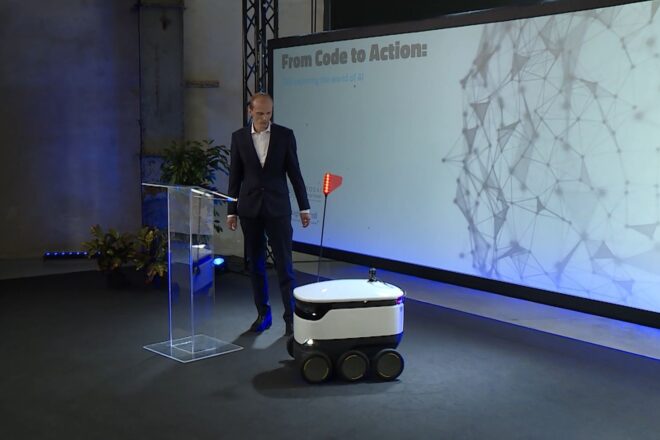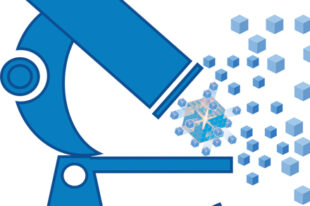by Alvar Nõuakas, Head of the EUROSAI ITWG Secretariat
On May 11, 2021, the European Organization of Supreme Audit Institutions (EUROSAI) IT Working Group organized an e-seminar, “From Code to Action: SAIs in the World of AI,“ attended by 250 participants from 50 Supreme Audit Institutions (SAIs) around the world. The aim of the event was to describe the latest proposals for regulating artificial intelligence (AI) in Europe, and to discuss the possibilities for using AI in audit work as well as how to audit algorithms already being used. Speakers confirmed that algorithms are now a part of public management processes and cannot be ignored, and asserted that SAIs can use the new analytical methods offered by AI technologies to their own advantage.
While definitions vary, AI can generally be thought of as algorithms designed to make decisions, often using real-time data. Many SAIs have concerns—primarily the lack of know-how and technical resources—that prevent them from engaging with AI in auditing. In addition, SAIs may perceive AI as something mysterious—a “black-box.“
Actually, as an investigation by The Netherlands Court of Audit found, the majority of algorithms currently employed by the country’s central government are rule-based and require human intervention; there are few fully automated processes, and these tend to play a supporting role. The rules underpinning these algorithms can be audited in a straightforward manner, to identify potential risks. Moreover, such audits may be a new and time-consuming process for SAIs, but they offer a valuable learning opportunity.
During the seminar, Norwegian and German experts introduced a practical framework for auditing machine-learning algorithms. (Machine learning is an application of AI in which systems automatically learn and improve from experience.) This tool is the perfect example of international auditor-to-auditor collaboration and could be integrated into audit projects in various domains.
A key element in auditing, and using, AI applications is hiring data science specialists. In the panel discussion, Dutch and German colleagues agreed there is no need for all auditors to start learning this field from scratch; rather, the future auditor needs to be able to communicate analytical needs to data professionals. There is certainly a need for audit and data experts to “speak the same language.“
However, as participants in the parallel workshops indicated, most institutions lack such expertise and are therefore considering outsourcing to overcome this difficulty. This may not be the best long-term solution, thought, and SAIs may eventually need to compete in a tight market to hire data scientists.
There is also another dimension to the use of AI—using it in the auditing process itself. Some innovative audit institutions are already experimenting with AI, specifically machine learning, to assist with auditing, but these experiments are in the early stages. At the seminar, British and French colleagues described their SAIs’ use of machine learning algorithms to assess and predict the financial balance of their auditees and capture data for analysis.
AI is a field of great interest to SAIs, as demonstrated by the popularity of this e-seminar and by the current projects discussed in it. As the panelists agreed, cooperation among SAI experts is the key to success. The EUROSAI IT Working Group aims to serve as a platform for sharing knowledge, experience, and best practices related to AI and other emerging technology fields.






